Here we have an 18' Hampton sloop, an evolution of a coastal workboat that developed for fishing in and around Hampton, New Hampshire, and spread far afield. The boatbuilding duo O’Donovan & Dole of Searsport, Maine, built the boat in these photos, modeling it on an original one built in the early 1900s.Early Hampton boats were double-enders, and were common in New England beginning in the early 19th century. By the end of that century, transom sterns were more popular on this type, and motors eventually came to dominate them; the iconic Maine lobsterboat is likely an evolution of the type, as its bow profile and forward sections will attest. Hampton boats were carried on schooners and sold to ports as far away as Newfoundland and Labrador, where they were further developed as local types. The boats ranged in length from 16' to 26', and had a distinctive profile shape: a straight stem, a deep forefoot, a long, straight keel, and a generous sheerline. The boats were shapely in plan view, too, with hollow waterlines forward and aft. John O’Donovan and Patrick Dole, doing business as O’Donovan & Dole in Searsport, Maine, chose this handsome Hampton sloop as their shop’s inaugural construction project. The daysailer is based on a century-old original in the collections of Mystic Seaport in Connecticut.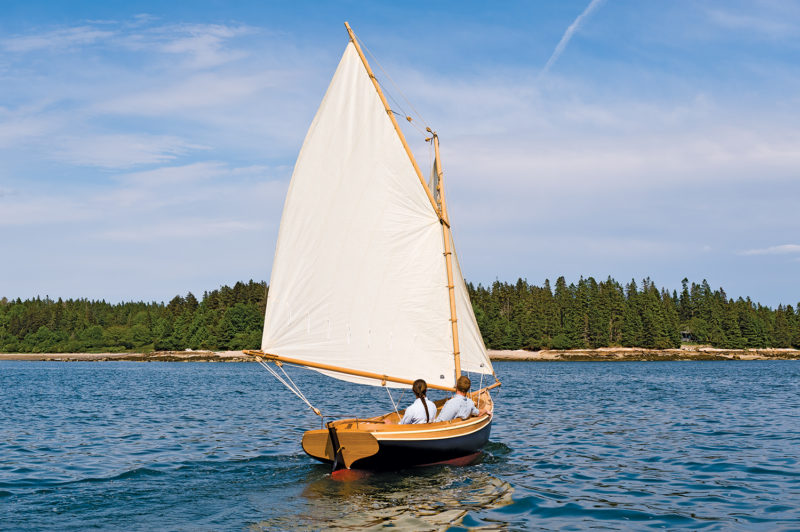 Benjamin Mendlowitz
Benjamin Mendlowitz
Join The Conversation
We welcome your comments about this article. To include a photo with your remarks, click Choose File below the Comment box.

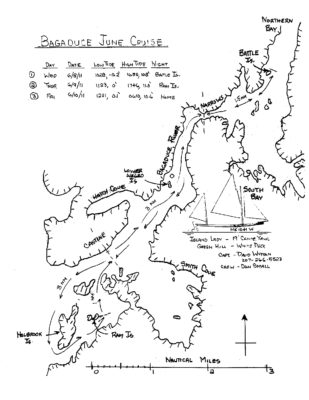


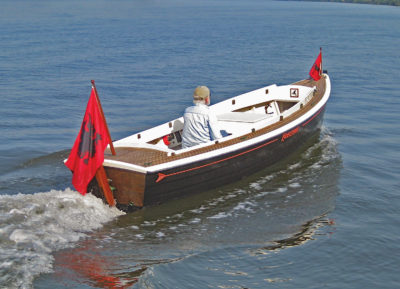
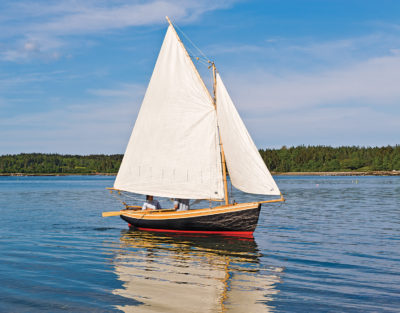
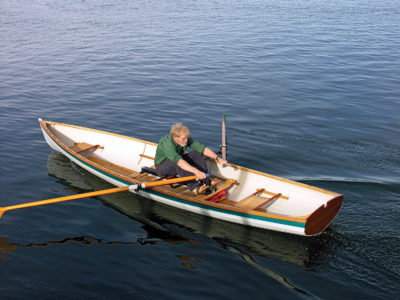
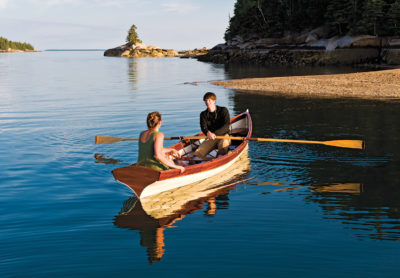
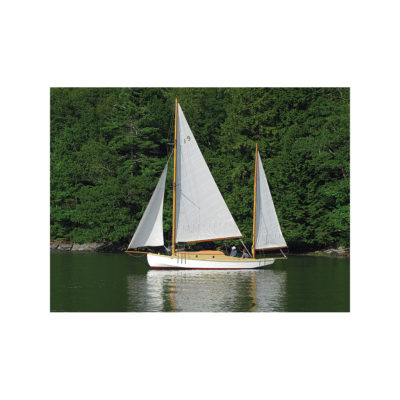
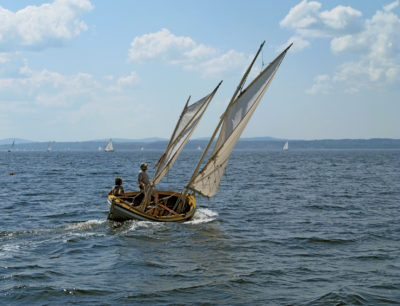
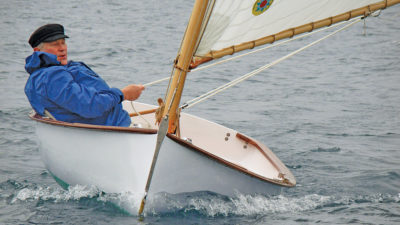
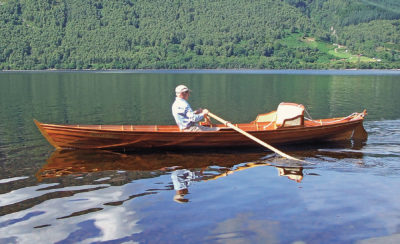
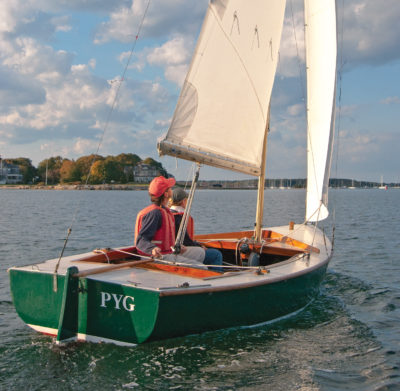
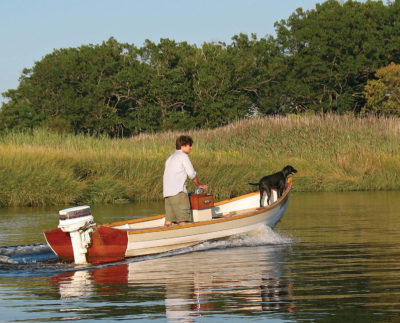

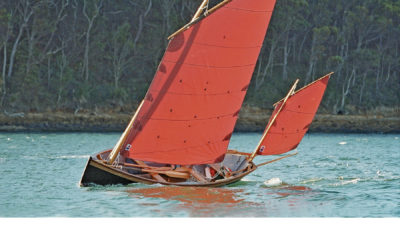
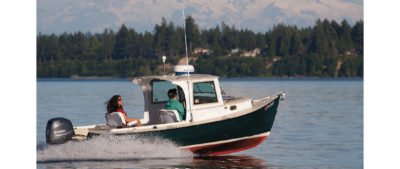
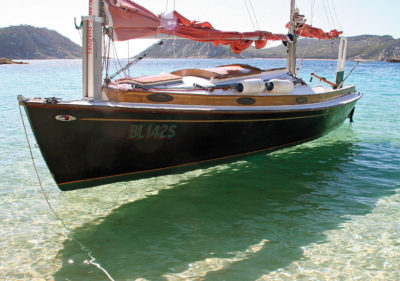
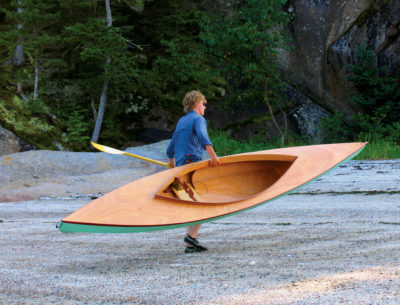
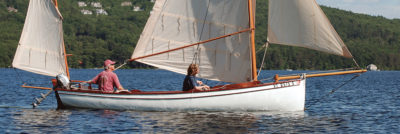
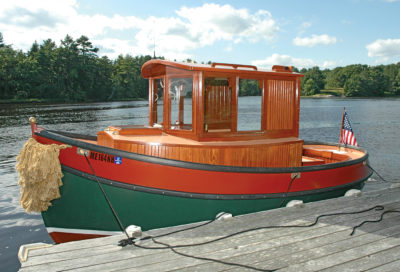
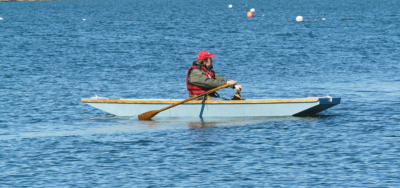
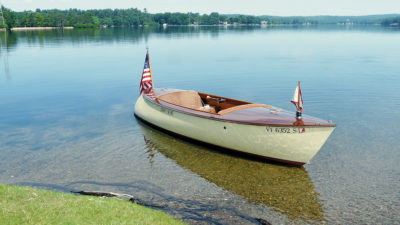
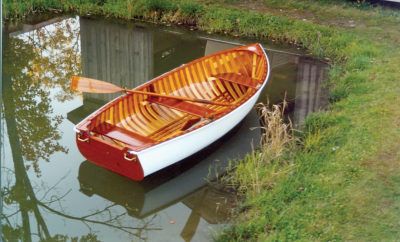
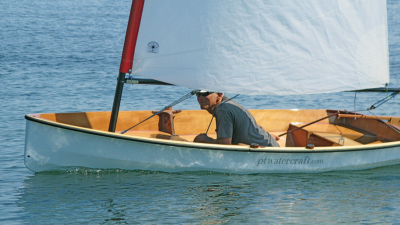
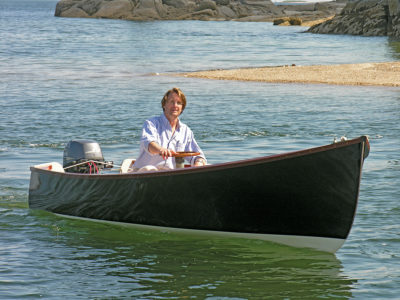
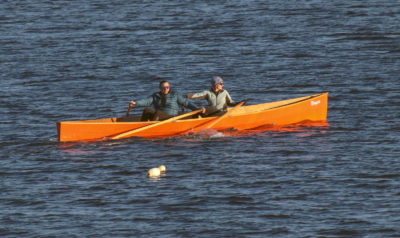
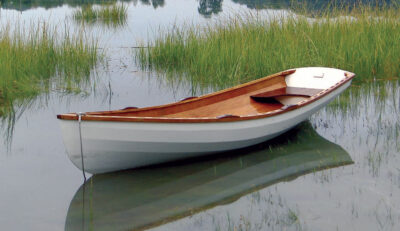
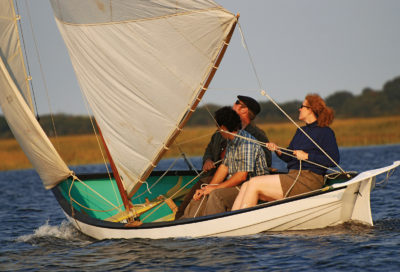
Looks a very pretty little ship. It would seem though that something’s a little wrong with the particulars at the end of the article.
Would a higher bow be advisable, since my sailing would be on Lake Michigan. Being a large body of water, storms arise quickly. Would an electric aux motor be advised, using solar for power source ?
Well, Gordy, this being a 100-year-old sailboat design: any kind of motor, solar or fossil fuel, would wreck the ethic. On Lake Michigan I always recommend carrying lifeboats, and those could be powered.